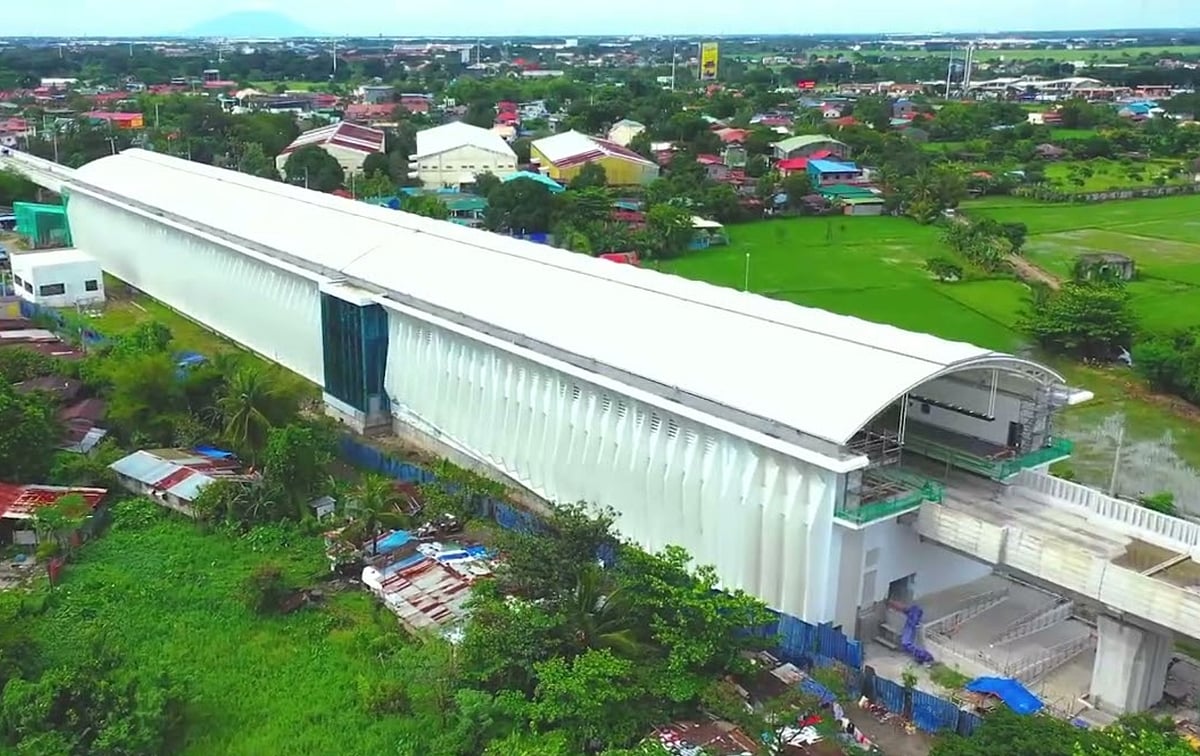North-South Commuter Railway Progress in the Philippines
The North-South Commuter Railway (NSCR) project in the Philippines is making significant strides toward completion, promising to transform the commuting experience in and around Metro Manila. With the aim of drastically reducing travel times and alleviating congestion, this ambitious initiative is currently under construction and is expected to enhance connectivity across several provinces.
Current Status of the NSCR Project
As of early 2025, the NSCR project is approximately 65% complete for its first phase, which covers the Manila to Clark segment. The Department of Transportation (DOTr) has reported varying completion rates for different sections of the project, reflecting ongoing challenges and progress.
Completion Rates by Segment
– **Tutuban to Malolos**: Completion estimates range from 43% to 78%, depending on the source. – **Malolos to Clark**: This segment shows a completion rate of about 33% to 50% as of mid-2024. – **Manila to Calamba**: Currently, this segment is lagging with only 7% to 12% completion due to significant right-of-way (ROW) issues and challenges posed by informal settlers.
Despite these hurdles, the DOTr has reported that civil works for Phase 1 are advancing, aided by the recent delivery of 108 new train cars from Japan’s JR East and Sumitomo.
Timeline for Operations
The NSCR is set to roll out in stages, with partial operations expected to begin in 2028. Here’s a breakdown of the anticipated timeline:
– **Clark to Valenzuela**: Partial operations may start in 2028. – **Malolos to Clark International Airport**: Expected to be operational around 2028. – **Full Tutuban to Calamba service**: Targeted for 2032.
However, delays are anticipated, with full operations potentially pushed back by up to four years.
Project Features and Financing
The NSCR is a monumental project with a budget of $15.4 billion (approximately ₱873.6 billion). It will feature 35 stations and three depots along its 147-kilometer route, connecting key areas such as Malolos, Bulacan, Clark International Airport, and Calamba in Laguna.
Funding Sources
The project is financed through concessional loans, including ₱488 billion from the Japan International Cooperation Agency (JICA) and ₱142 billion from the Asian Development Bank (ADB). Additionally, 28 Japanese companies are vying for the operations and maintenance contract, which will be awarded under a public-private partnership (PPP) framework.
Environmental and Economic Impact
The NSCR is designed not only to improve transportation efficiency but also to contribute to environmental sustainability. Independent studies predict a 60% reduction in commute times, decreasing travel from over three hours by road to under one hour by rail. Furthermore, the project is expected to cut annual CO₂ emissions by approximately 200,000 tons by encouraging a shift from cars and buses to rail transport.
Sustainability Features
The railway will incorporate several eco-friendly elements, such as solar-powered stations and regenerative braking systems. It will also integrate with existing transport systems in Metro Manila, including the MRT-3 and LRT-1, facilitating seamless transfers for passengers.
Addressing Challenges
Despite the promising outlook, the NSCR project faces several challenges. Right-of-way issues and site obstructions have caused delays in construction. However, the DOTr has reported progress in clearing these obstacles, particularly in key areas from Calumpit, Bulacan to Clark, Pampanga.
Future Prospects
The NSCR is a critical component of the Philippines’ “Build, Better, More” infrastructure agenda under President Ferdinand Marcos Jr. By modernizing the railway system, the project aims to boost economic growth in regions like Bulacan, Pampanga, and Laguna, creating jobs and enhancing connectivity.
FAQs
What is the expected completion date for the NSCR?
Partial operations are expected to begin in 2028, with full service anticipated by 2032, although delays may extend these timelines.
How will fares be structured for the NSCR?
While exact fare matrices are not yet finalized, the DOTr has indicated that fares will likely be distance-based and affordable, potentially lower than other private transport options.
What are the environmental benefits of the NSCR?
The project is projected to reduce annual CO₂ emissions by about 200,000 tons and will feature sustainable technologies, such as solar-powered stations and regenerative braking systems.
Conclusion
The North-South Commuter Railway project represents a significant advancement in the Philippines’ transportation infrastructure, promising to alleviate congestion and enhance connectivity across key regions. While challenges remain, ongoing efforts to clear obstacles and the commitment to sustainable practices position the NSCR as a transformative initiative for the future of commuting in the country.
Also Read:
Amazon to Cut 30,000 Jobs in Cost-Cutting Strategy
AI Systems Enhance Early Detection of Dementia and Alzheimer







